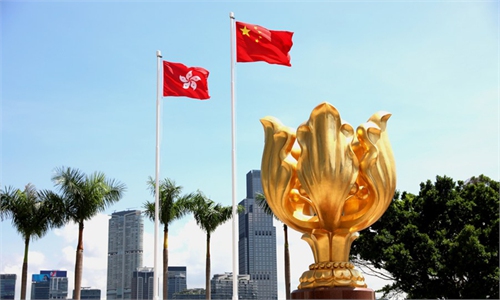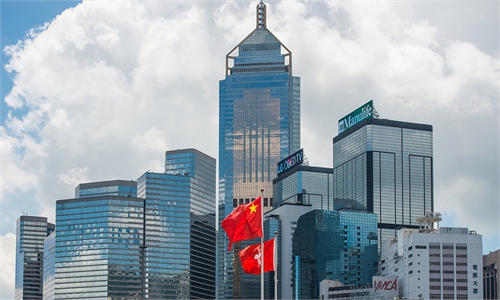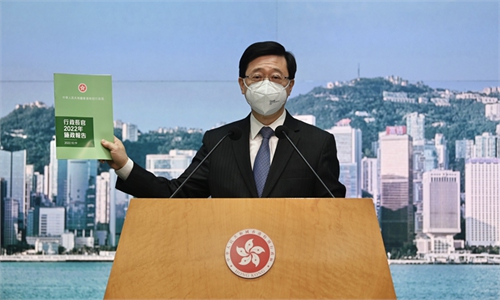ARTS / CULTURE & LEISURE
Art from Louvre, Beijing Palace Museum lands in Hong Kong for horse-themed exhibition
Artistic fusion of East,West
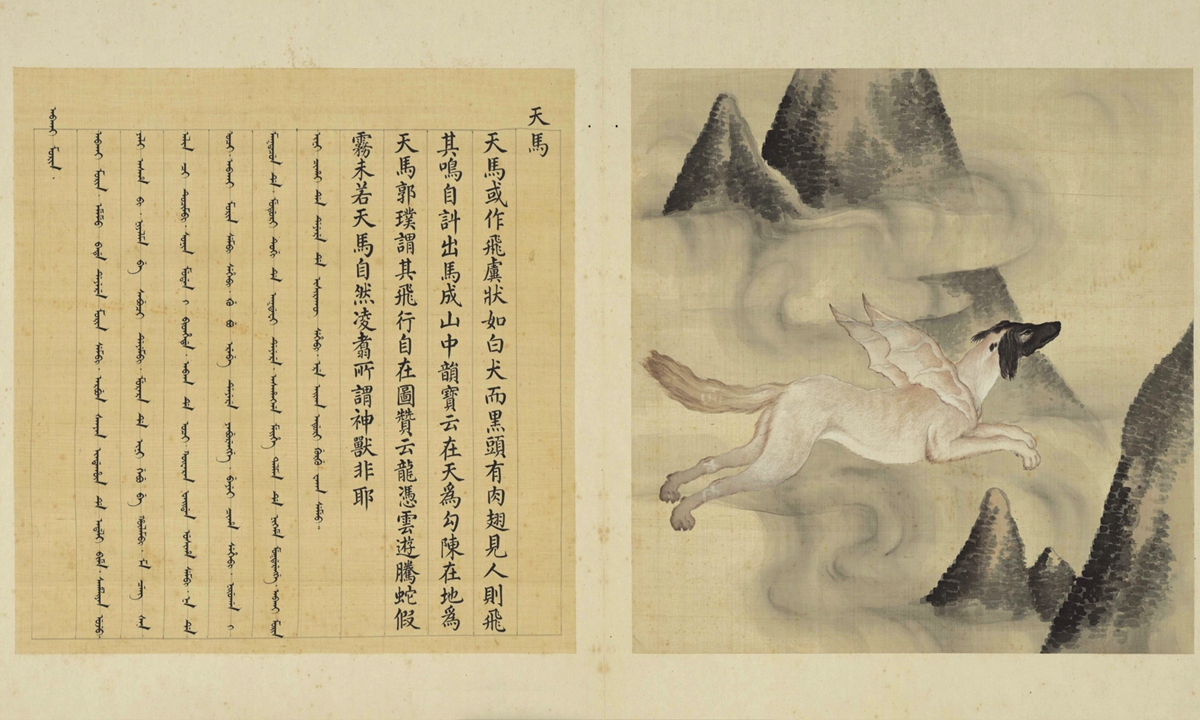
A painting of Tianma, a dog-like horse with wings, from the Album of Beasts Photos: Courtesy of HKPM
Inside the 9th exhibition hall at Hong Kong Palace Museum (HKPM), paintings and sculptures both from Louvre Museum and the Palace Museum in Beijing set off intertwining and being facing each other to reflect one theme: a historical China-West exchange.Since the HKPM opened to the public in July, the venue, located in the bustling cultural center of West Kowloon in Hong Kong, has welcomed an endless string of tourists and constant new exhibitions.
For the curators behind each exhibition, it seems they have a rather "permanent mission": making the HKPM a global hub for cultural exchanges between the East and West.
"When I was a child, my parents brought me to many museums and exhibiting centers, especially ones for traditional Chinese art. That was why I grew an interest and became fascinated with this field," Dr Ingrid Yeung, HKPM associate curator, told the Global Times.
"I'm very delighted to have joined the museum in Hong Kong to work with traditional art as well."
Hints everywhere
Among the new 69 relics on loan from Beijing this time are a set of three paintings from the Album of Beasts, created by imperial court painters Yu Sheng and Zhang Weibang during the reign of the Qianlong Emperor during the Qing Dynasty (1644-1911).
Composed between 1750 and 1761, the 180-page Album of Beasts has been considered by many artists and historians as a combination of reality and imagination, as well as the Orient and Europe, as the two artists painted images of animals from Chinese classics using light and shadow techniques typical of Western art.
"You can see exactly what they said about cultural integration from the painting Tianma, which means 'celestial horse,'" Yeung told the Global Times while carefully pointing to the painting of a dog with wings and a black head on light yellow paper.
The introduction to the painting included in the book explains that this mythological animal is seen as a flying horse when walking on land, but when it flies it becomes the North Star.
"The painting's background are traditional depictions of mountains and rivers in China. However, the shape of this animal is quite multi-dimensional and lifelike as the style was based on Italian imperial court painter Giuseppe Castiglione's approach to color, texture, as well as light and shadow," Yeung explained.
"This is one of the many hints hidden in the artworks during the Qing Dynasty," Yeung.
"And what we need to know is that, in the massive number of the artworks created during the Qing, and also in the European imperial courts, the hints of the two different cultures' integration is literally everywhere, to the point that we cannot even choose a single most representative artwork."
For the curators, the best, or to say the only way, to introduce to visitors the historic integration between the East and the West is to put these hints right where they can see them.
"And that is why we put art about horses from both Paris and Beijing in one exhibition," she said.
In addition to the Album of Beasts, horses from every period of history and form can be seen inside the well prepared exhibition hall, including a bronze statue of Louis XIV as a Roman general by artist Henry Dasson on loan from the Louvre, and the oil painting Maharaja Ranjit Singh by Alfred de Dreux, in which a bejewelled white horse glows bright with light.
"When we compare them to the Qing painting, Qianlong Emperor in Armor on Horseback, we can see that around the world at that time, painters would like to show the power of emperors with the symbol of the horse," Yeung noted to the Global Times.
Yeung added that to achieve such an exhibition, there were intense conversations between the HKPM and the Beijing museum, as well as with the Louvre Museum.
"We could never have achieved such a complete exhibition without their incredible support."
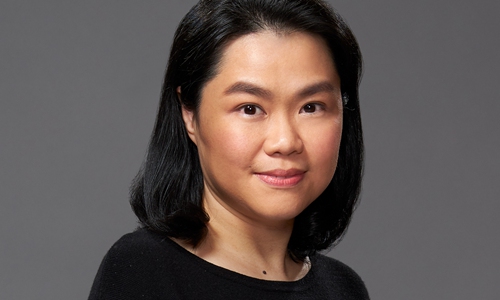
Ingrid Yeung, associate curator at the Hong Kong Palace Museum
Leveraging local culture
When the HKPM opened four months ago, Louis Ng, curator of the new museum, told the Global Times that he hopes it can become an educational base for traditional Chinese art, as well as a cultural hub for the world.
"Talking about the culture of either the city or this museum in Hong Kong, everything relies on the motherland. Traditional Chinese culture is the foundation and all the cultural elements and the local heritage in Hong Kong that we see now are based on that. The city was only later impacted by foreign cultures," Ng explained.
"However, we would only be a simple branch of the Beijing Palace Museum if we only put the relics on display without any added innovation, which is not what we want from our museum. We want the museum to leverage Hong Kong's own characteristics to showcase our part in Chinese culture," he added.
After the signing of a cooperative agreement in 2017, the HKPM has received generous and diverse support from the Beijing Palace Museum. Currently, nearly 1,000 treasures on loan from Beijing are on display at the museum."This is a distinctive treasure house for Chinese art, history and culture, where we can find the finest relics from the Beijing Palace Museum and fine artifacts from around the globe," said Yeung.
